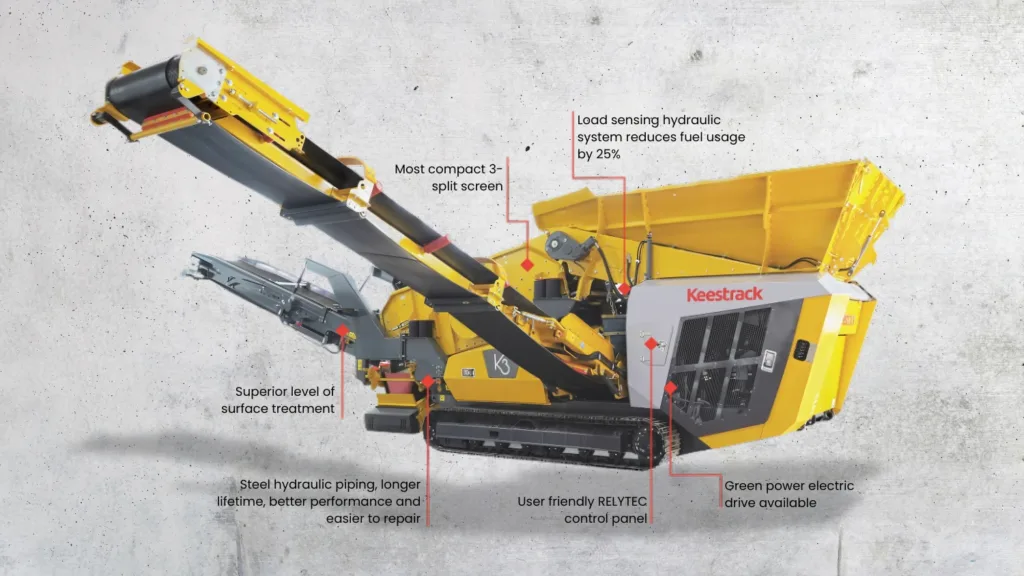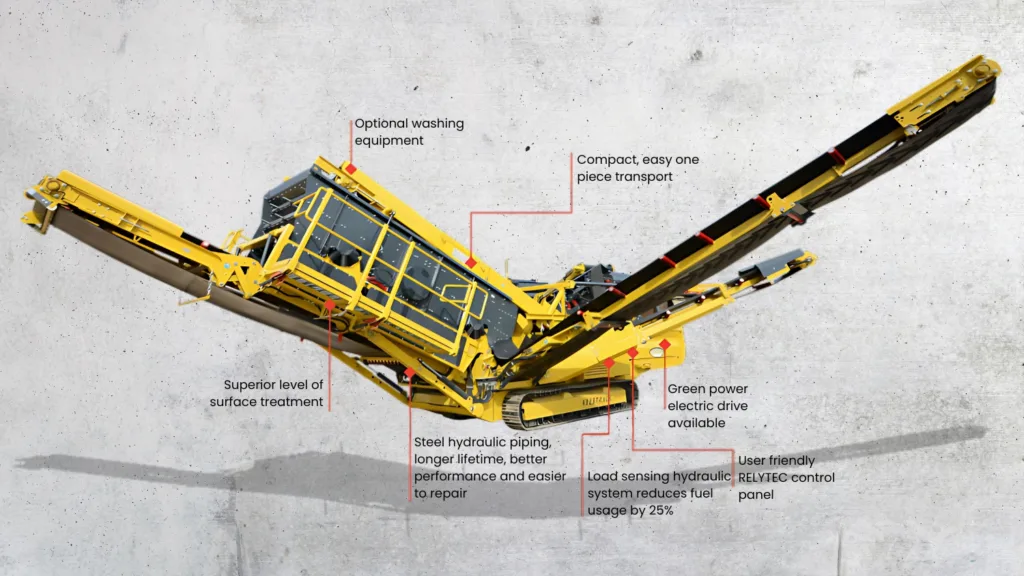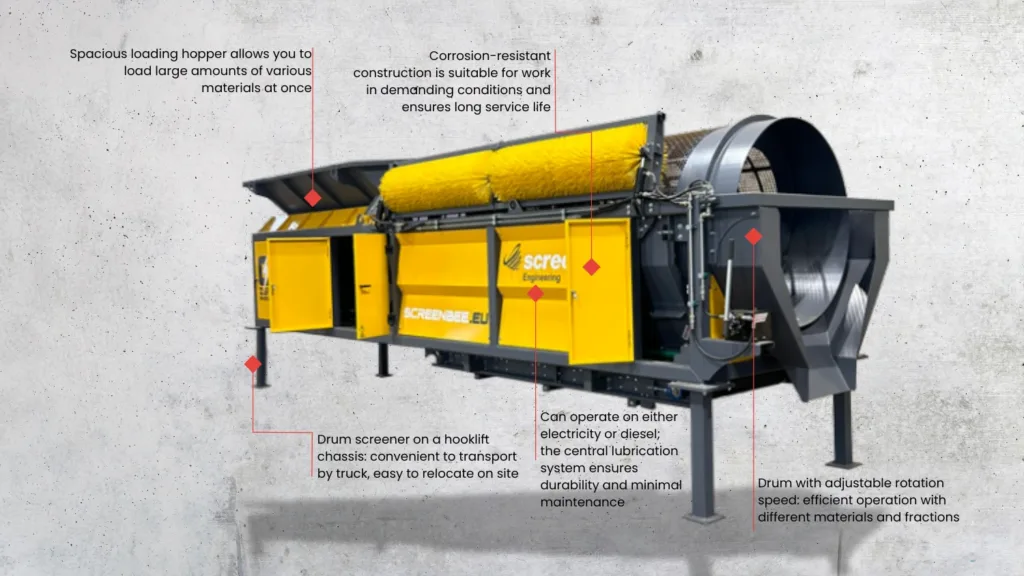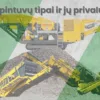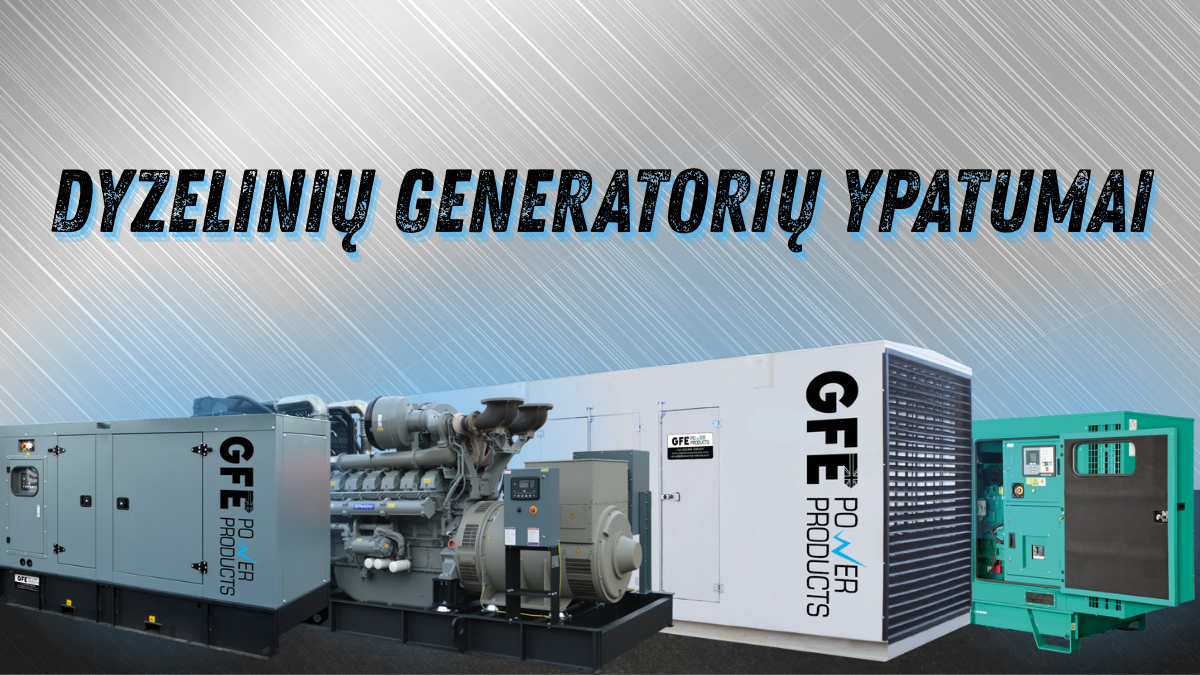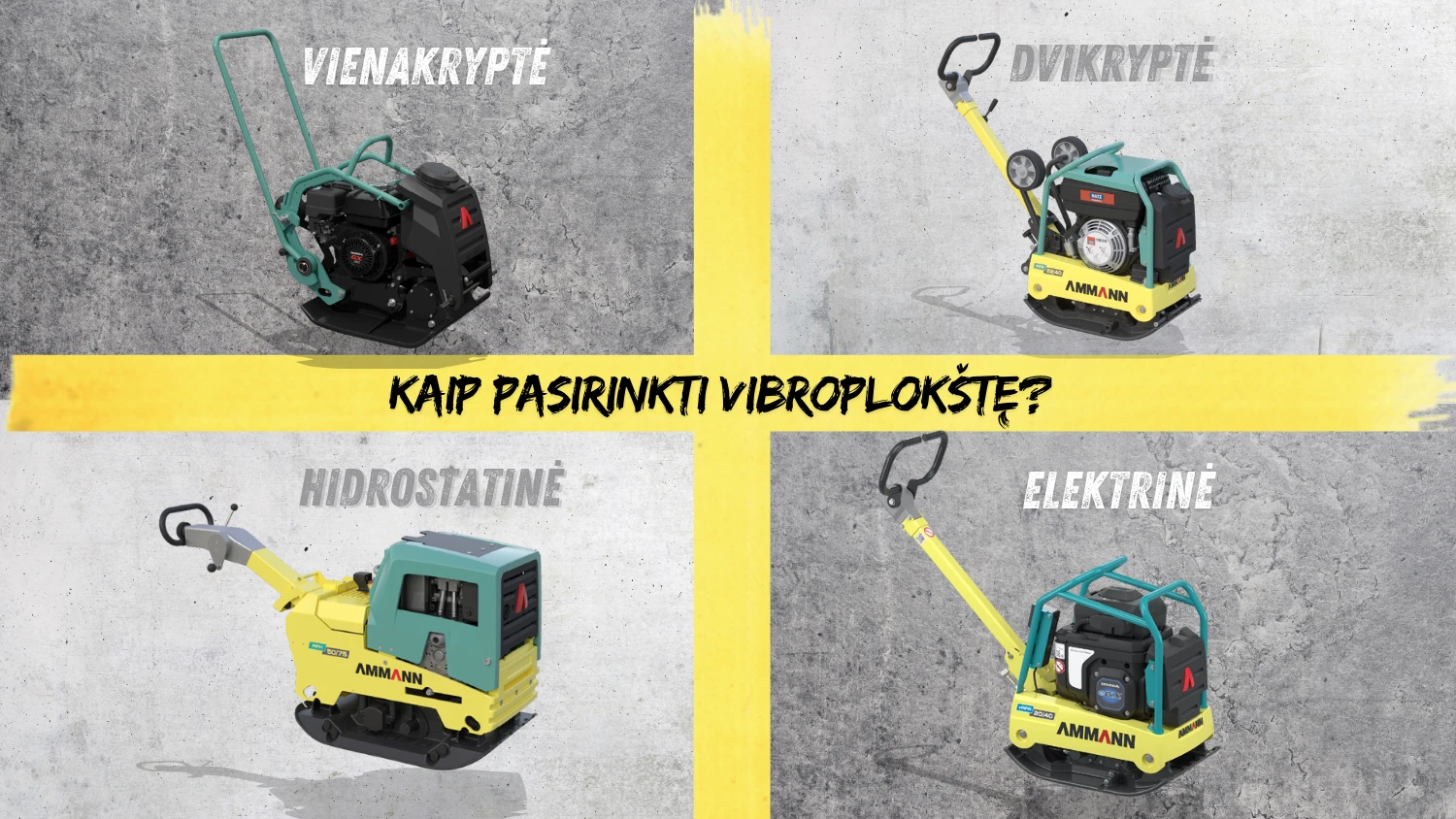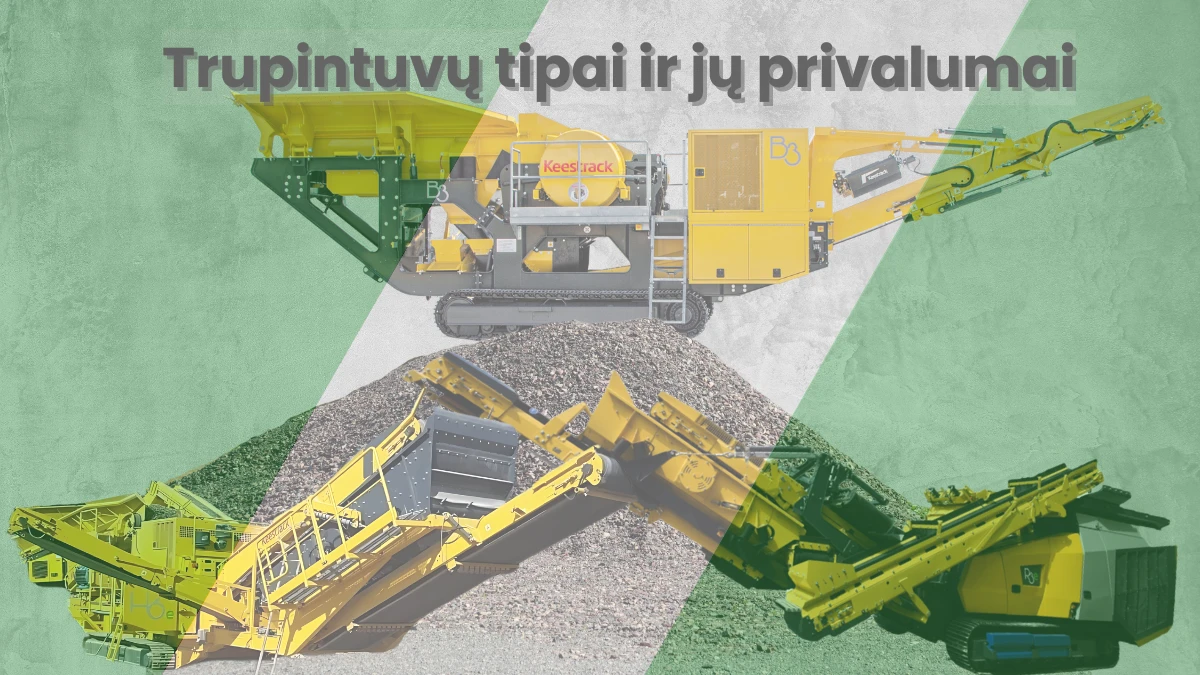How to Choose a Screener: Vibrating or Trommel?
Choosing the right screener can determine the success of your entire project—whether in a quarry, construction site, or recycling facility.
Even the most modern crushing line will be ineffective if the required fractions are not optimally separated.
How do you select a screener that works smoothly and makes your investment worthwhile?
In this article, we briefly and clearly compare vibrating and trommel (drum) screeners—their application areas, advantages, disadvantages, model examples, and offer practical tips to help you avoid costly mistakes.
Vibrating Screeners: Scalpers and Classifiers
1. Scalper-type Vibrating Screeners (Scalpers)
When to choose?
When you need primary sorting, screening coarse gravel or mixed raw materials. Such screeners are excellent at protecting other equipment, especially crushers, from overload and excessive wear.
How do they work?
Keestrack scalpers are built extra tough, often equipped with grizzly bars, finger decks, or punch plate screens designed to separate coarse fractions.
Pros:
-
Extremely durable, resistant to impacts and heavy loads
-
Efficiently handle mixed and coarse raw materials
-
Effectively protect the rest of the production line
Cons:
-
Not intended for precise fine fraction sorting
-
Can be noisier
Model examples (Keestrack):
K3, K4, K5, K6, K7, K8
Learn more on official Keestrack page.
Interesting fact:
Keestrack is the inventor of the “Scalper”-type screener. The first scalper-type screener was manufactured in 1996, matching today’s K6 model.
2. Classifier-type Vibrating Screeners (Classifiers)
When to choose?
When you need to separate smaller fractions—for example, for sand, gravel, or crushed stone production. Perfect for final screening where product cleanliness and uniformity are important.
How do they work?
They use multi-deck (2 or 3) screens, with adjustable deck angles and vibration frequencies, and the mesh can be easily swapped for different fraction sizes. Suitable for both dry and moderately moist materials.
Pros:
-
Precise and fast sorting
-
Quick mesh changes
-
High throughput, economical operation
Cons:
-
Not recommended for very coarse or wet material
-
Screens require regular maintenance
Model examples (Keestrack):
C4, C6
Additional features of vibrating screeners:
-
Various screen types can be installed: finger deck, punch plate, wire mesh, rubber, etc.
-
Some models can use a Bivitec flip-flow screen—perfect for sticky or fine fractions.
-
Hydraulic screen lifting, easy transport, low fuel consumption, and the option for ZERO electric drive version.
Trommel Screeners (Drum Screens)
When to choose?
When the material is very wet, sticky, or mixed—such as compost, organic waste, wet soil, or construction waste with many impurities.
How do they work?
A cylindrical drum with holes rotates—the material travels inside the drum, and smaller particles fall through the holes immediately, while larger pieces move to the drum’s end.
Pros:
-
Especially effective with sticky or wet materials
-
Rarely clogs, simple construction
-
Separates mixed fractions well
Cons:
-
Slower than vibrating screeners
-
Larger size and weight, screen changes are more complex
Model examples:
Screenbee SB13.26S, SB13.26H.
More about Trommel Screeners – official Screenbee page.
How to Choose a Screener – Practical Checklist
-
Is your material coarse, contaminated, or mixed?
→ Scalper-type vibrating screener (e.g., Keestrack K4) -
Want precise, clean, multiple fractions?
→ Classifier-type vibrating screener (e.g., Keestrack C6) -
Material very wet, sticky lumps or organic waste?
→ Trommel screener (e.g., Screenbee SB13.26S)
Practical Example
Need to quickly sort gravel, sand, and large stones at a construction site?
Keestrack K4—mobile scalper-type vibrating screener.
Sorting wet, sticky waste at a recycling facility?
Screenbee SB13.26S trommel screener is the optimal choice.
Need a clean final product in multiple fractions?
Keestrack C6—precise and efficient classifier.
The right screener ensures efficiency, longevity, and product quality.
.




